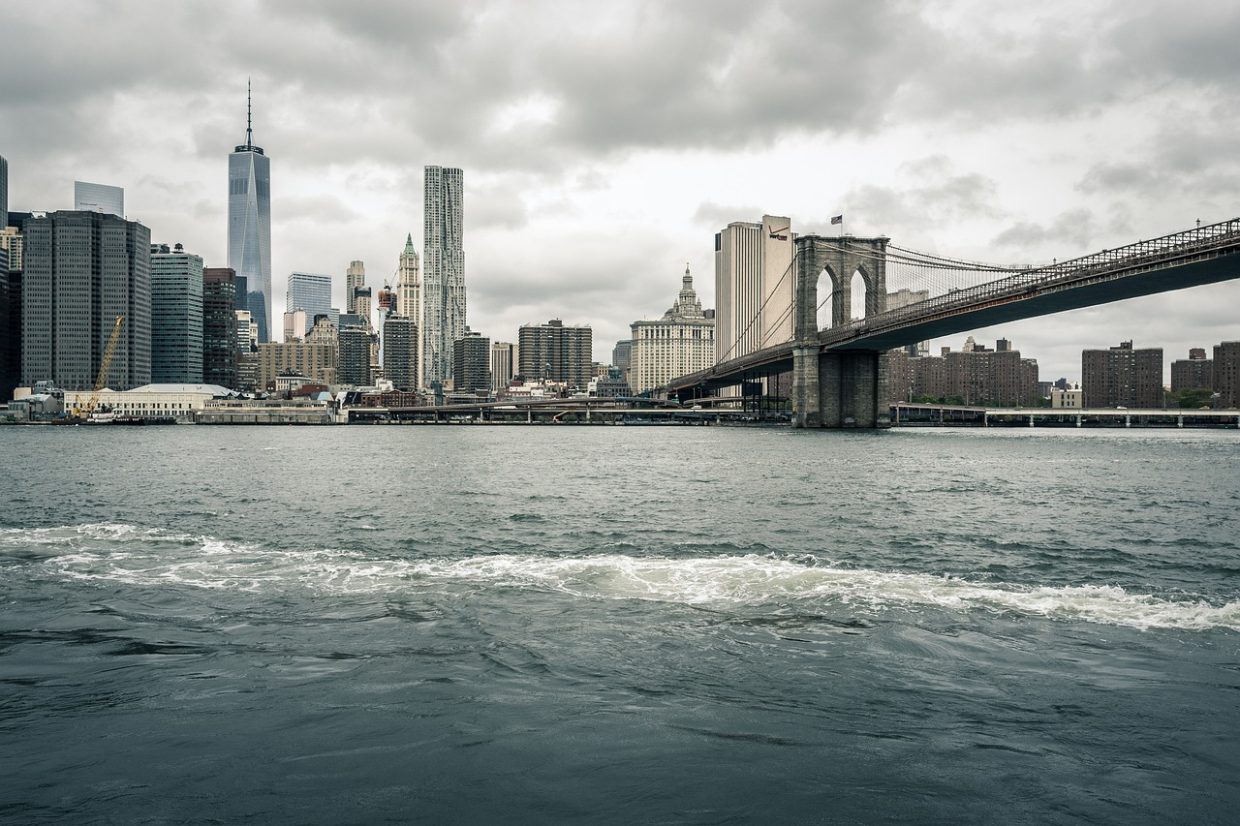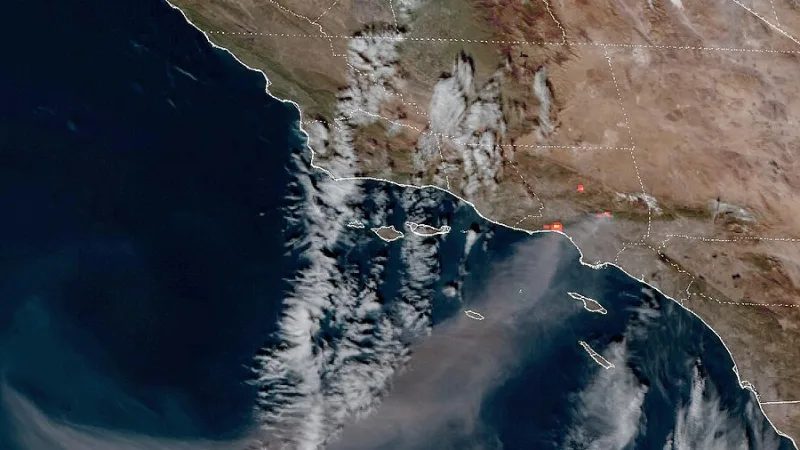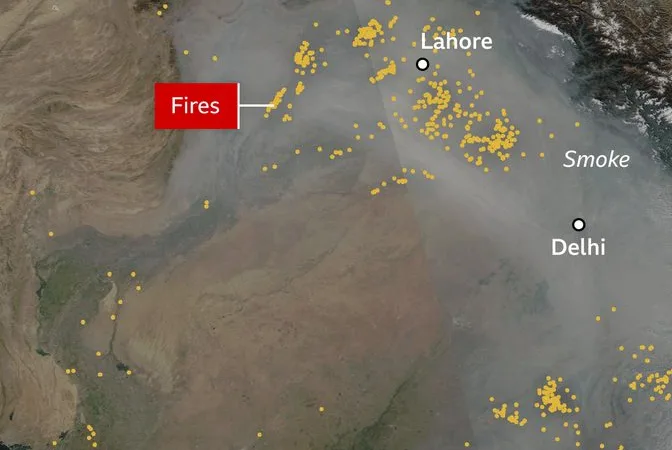Sinking City: Research finds New York City’s Skyscraper-induced Subsidence

New York City is sinking: The extraordinary weight of its towering buildings is only making matters worse. According to new research, the Big Apple is sinking by an average of 1-2mm each year. Some areas are sinking at twice this rate. This subsidence is compounded by sea level rise which is happening at around twice the global average due to the melting of glaciers and thermal expansion of seawater caused by global heating. As a result, the water that surrounds New York City has risen by 22cm since 1950. The major flooding events are expected to become four times more frequent than they are now by the end of the century.
The study, published in Earth’s Future journal, states that 8.4 million people in New York City are facing varying degrees of hazard from inundation. The authors of the study also point out that this problem will be shared by many other coastal cities around the world as climate change continues to worsen.
The Weight of New York City’s Built Infrastructure
The sheer weight of New York City’s built infrastructure – which includes iconic landmarks such as the Empire State Building and Chrysler Building – is exacerbating this issue even further. These structures together weigh a staggering 1.68tn lbs. This is equivalent to 140 million elephants! This immense weight is pushing down on a variety of materials found in NYC’s ground. This includes schist bedrock and a mix of sands and clays that were built over time.
Effects of Hurricane Sandy and Hurricane Ida
Tom Parsons is a geophysicist at the US Geological Survey and lead researcher on this study. He pointed out that while this isn’t something to panic about immediately, it does increase risks from flooding. He added:
“It wasn’t a mistake to build such large buildings in New York but we’ve just got to keep in mind every time you build something there you push down the ground a little bit more.”
This statement was proven true when Hurricane Sandy hit New York in 2012. Flooding parts of the subway system and resulting in power blackouts across the city. In 2021, Hurricane Ida flooded parts of New York again and caused several drownings. Both events were made worse by climate change.
Planning for Future Flooding Risks
Parsons went on to say that coastal cities like New York must start planning for these issues now.
“If you get repeated exposure to seawater, you can corrode steel and destabilize buildings, which you clearly don’t want. Flooding also kills people too, which is probably the greatest concern.”
New York City’s extraordinary skyline may be iconic but it’s also contributing to an ever-increasing risk posed by flooding. Thanks to the rising seas caused by global heating and subsidence from its own immense weight. With major flooding events expected to become four times more frequent than they are now by 2100, coastal cities must start planning for these issues now if they are to safeguard their citizens from harm.






